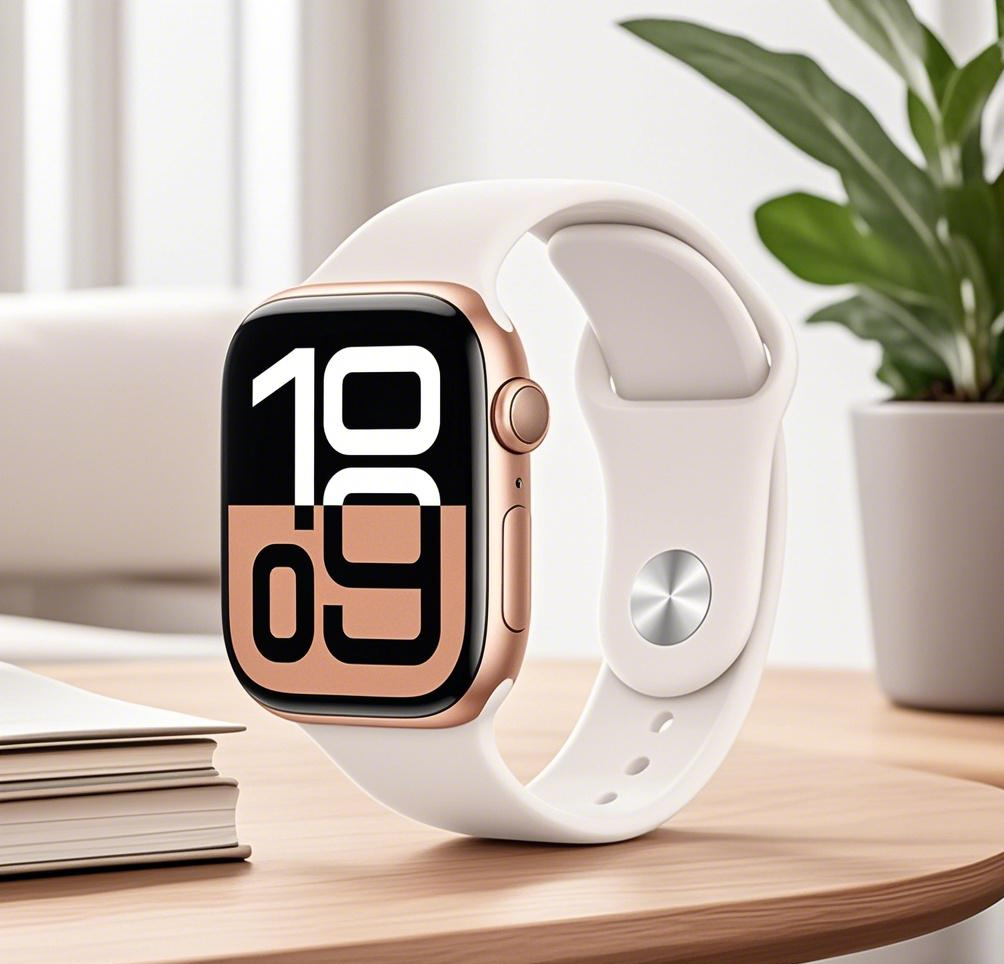Eat Like a Local: 5 Must-Try Restaurants in Paris
Paris is known for its amazing food. But finding places where Parisians actually eat can be tough. This guide will show you five restaurants loved by locals. Get ready to taste some real French flavors! Discovering Hidden Gems Forget the tourist traps. These spots offer authentic food and a true


